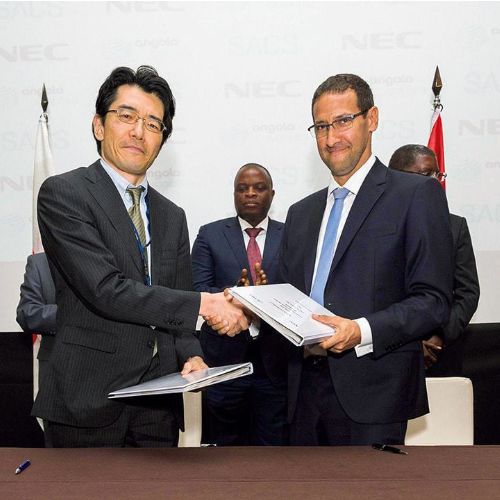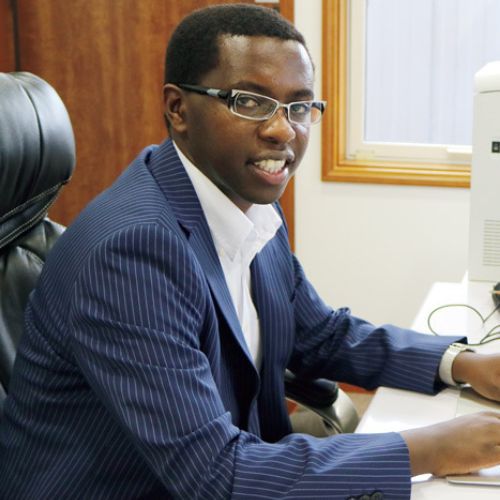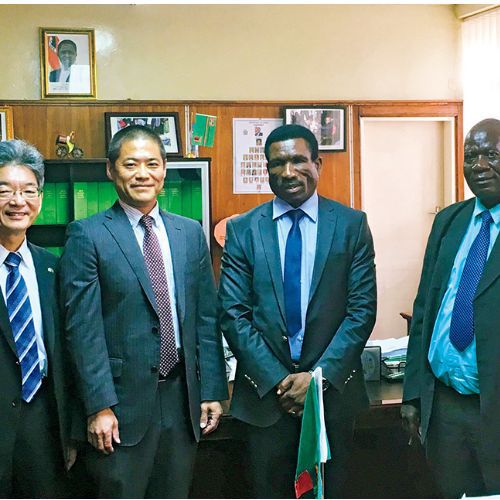The pioneering curator of Japan’s postwar art: Alexandra Munroe
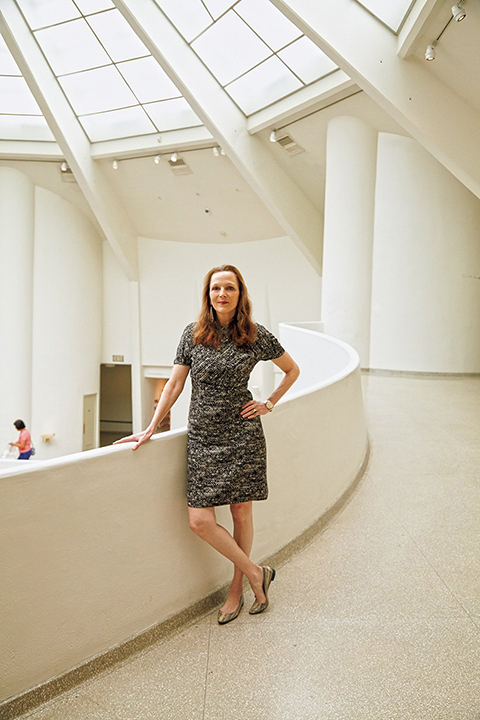
Alexandra Munroe brings Asia to America as the Senior Curator of Asian Art at the Solomon R. Guggenheim Museum in New York. At the age of 13, her family moved to Japan with her father’s work. Her father’s interest in history and culture combined with her mother’s career as an artist led to weekly excursions to visit temples and museums in Kyoto, which was near their home in Ashiya City, Hyogo.
“Many of my parents’ friends were artists and cultural figures. We were often around the so-called first generation of great American scholars on Japan, who had been living in the country since the postwar Allied Occupation. This was my gateway to Japanese culture, both classic and modern.”
Upon returning to the United States, Munroe attended Brown University. Summer breaks provided her irresistible opportunities to return to Japan and participate in the Oomoto Summer Seminar in Kameoka, Kyoto. There, she remembers, “I studied tea ceremony, Noh dance ‘shimai,’ ceramic art, and calligraphy. Each experience further kindled my interest in Japanese arts, as well as in the philosophy and spirituality behind them.”
While studying at Doshisha University in Kyoto, she became a resident lay disciple at the Daitoku-ji Zen Temple. That experience afforded her time and opportunities to train with Rinzai Zen monks and to appreciate the temple’s rich history and culture, deepening her knowledge of Japanese art.
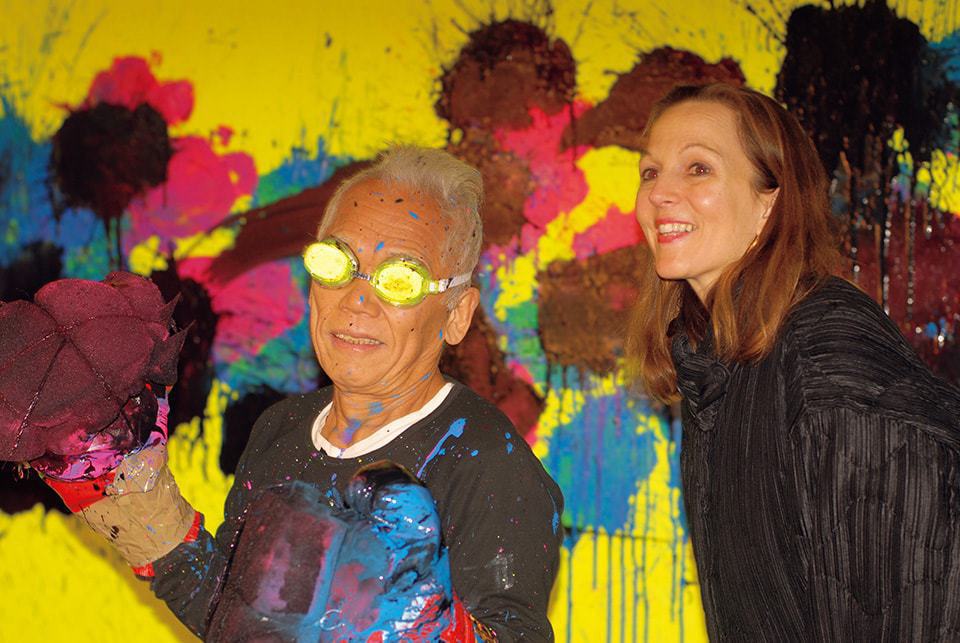
Alexandra Munroe and Ushio Shinohara in front of the Boxing Painting, The Poppy Field, 2009 Photo by Noriko Shinohara
The year 1982 marked a pivotal moment in her career, when, in Tokyo, she met Rand Castile, the founding director of the Japan Society Gallery in New York. The Japan Society was then the leading center for Japanese arts and culture in America.
“I was hired on the spot as a curator, and to my surprise, my first job was to organize an exhibition of Ushio Shinohara, one of Japan’s foremost avant-garde artists, who had been living in New York since the late 1960s,” explains Munroe.
“In the 80s, however, most Japanese artists, including major figures such as Yayoi Kusama and Yoko Ono, were struggling to gain recognition from mainstream Western museums. After the Shinohara show, I started interviewing almost all of the Japanese artists who were living in New York. I slowly realized that there was a story that had not been told, a history that was not known, and I wanted to make it visible.”
The result was her groundbreaking exhibition, Japanese Art After 1945: Scream Against the Sky, first shown at the Yokohama Museum of Art in 1994 and later at the Guggenheim Museum SoHo in New York and San Francisco Museum of Modern Art. This legendary exhibition helped encourage young academics to focus on the art of contemporary Japan, and its in-depth catalogue has long served as the de-facto textbook on this subject.
Munroe says that not only historical figures but also today’s artists in Japan are equally worthy of attention, including Takashi Murakami, Ei Arakawa, and the art collective teamLab, to name a few. “If anything, Japanese artists’ wildest ideas about the future and their ability to shed light on the darkness of human psychology always fascinate me,” she continues.
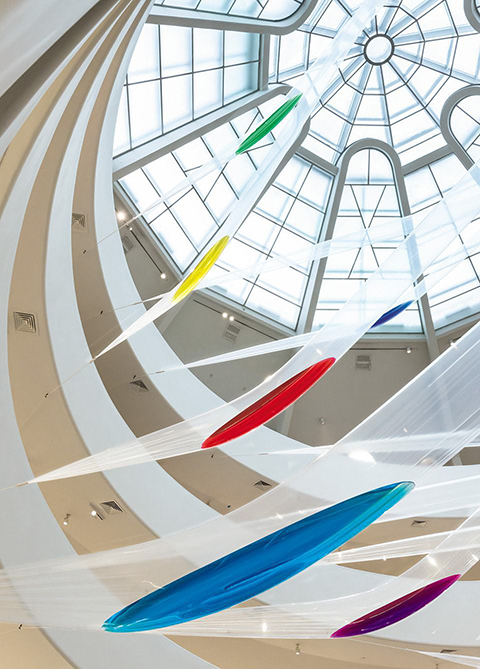
Installation view of Sadamasa Motonaga, Work (Water), 1956, from the exhibition Gutai: Splendid Playground at Solomon R. Guggenheim Museum, New York, 2013. Photo by David Heald
As a curator for the Solomon R. Guggenheim Museum, her scope has widened. The Third Mind: American Artists Contemplate Asia, 1860-1989, another landmark exhibition of hers, which was presented in 2009, was highly acclaimed for highlighting the dynamic and complex impact and influence of Asia on modern and contemporary American art movements, including postwar Abstract Expressionism and Minimalism.
Munroe observes, “I want to eliminate the barriers built by European and U.S.-centric perspectives to art and culture, and strengthen other histories beyond the Western canon. I have this passionate conviction, which is a powerful driving force of my career.”
Alexandra Munroe
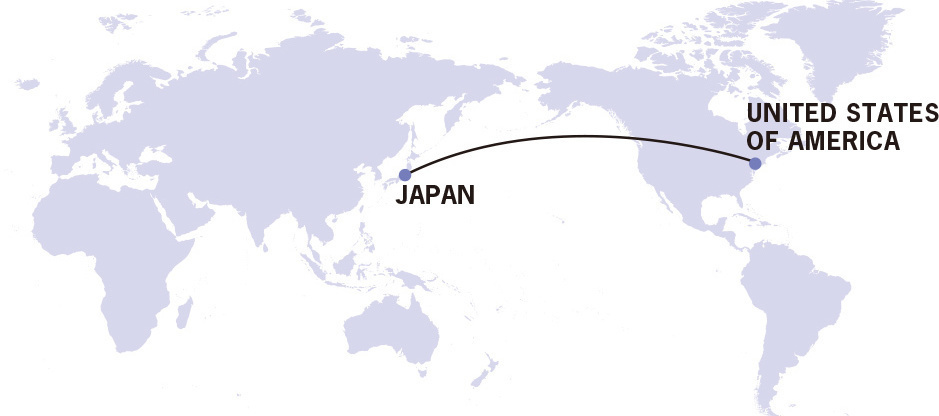
While still a graduate student in art history, she organized Yayoi Kusama: A Retrospective (1989) and Japanese Art After 1945: Scream Against the Sky (1994). In 1998, she was appointed Director of Japan Society Gallery, and organized Yes Yoko Ono (2000), which was presented across the U.S. and in Asia. To Japan Society, she brought Takashi Murakami’s Little Boy: The Arts of Japan’s Exploding Subculture (2005), which won the Best Thematic Show award from the International Association of Art Critics in America. Since 2006, Munroe has served as Samsung Senior Curator, Asian Art, and Senior Advisor, Global Arts, at the Solomon R. Guggenheim Museum. In 2017, she received the Japan Foundation Award for making significant contributions to promoting mutual understanding and friendship between Japan and the U.S. through art.



























